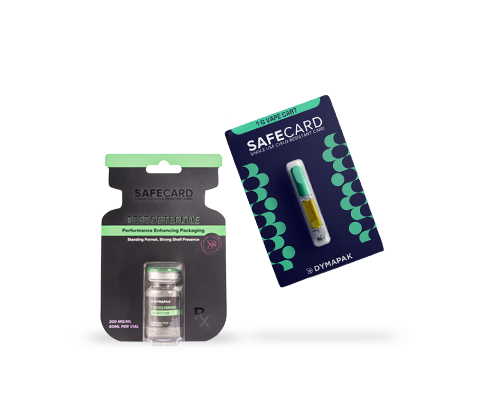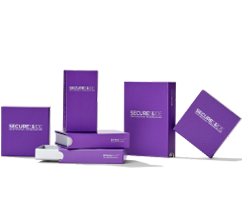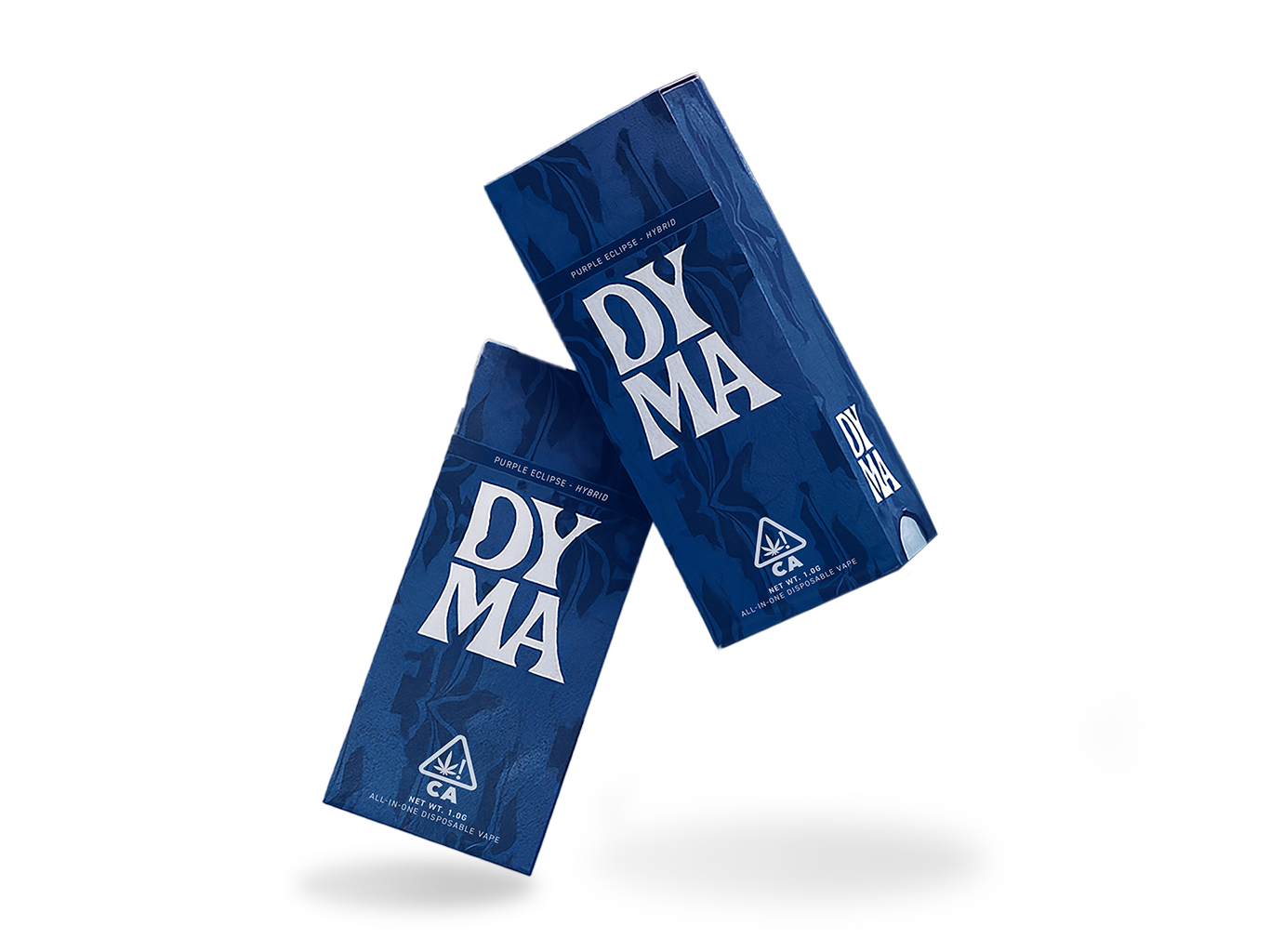Candy Packaging Ideas
The candy industry has come a long way in recent years, bridging gaps between generations and keeping the classics alive. Meanwhile, up-and-coming candy companies face longstanding competition from major players and must find new ways to innovate.
While customers always crave new candy shapes, flavors, and textures, packaging is one of the key ways brands can stand out without reinventing the wheel with brand-new product formulations.
Introducing new packaging solutions can be a game changer for new and old candy companies, and customers appreciate everything from visuals to freshness and user experience.
Let’s dive into the world of candy packaging and see what factors matter most when bringing candy products to market. We’ll review the main candy packaging types and see which ones deliver the best value for brands and customers.
Finally, we’ll outline best practices when sourcing packaging supplies for candy and what a great packaging solutions partner looks like.
What Are the Top Priorities for Candy Packaging?
Candy packaging doesn’t start with whimsical colors and eye-catching photography. Brands have to cover the fundamentals of packaging before anything else, which means keeping products safe and fresh from start to finish.
Here are the three critical areas of focus for candy packaging, no matter what product you have in mind.
Physical Protection
From chocolate bars to gumballs and delicate confectionaries, all candy must be packaged for protection from square one. Even the most resilient candy types are vulnerable to some damage during the supply chain journey, while more fragile products can end up crushed or disintegrated if the packaging is not up to par.
Now that customers are spoiled for choice in food markets, they’re less willing to accept even the slightest flaws or damages to candy products, even among those that aren’t considered premium.
Brands must choose packaging that keeps products intact, using whichever combination of materials and formats is necessary to store and deliver goods safely.
Preservation and Freshness
Compared to fresh goods like meat and produce, candy is not considered a fully perishable product category. The shelf life of most packaged candy tends to be longer due to generally lower moisture levels and the use of preservatives.
Still, candy can go stale or lose its most appealing qualities if packaged improperly, and customers can tell the difference.
Like other semi-perishable goods, candy must be protected from the elements, including moisture, oxygen, light exposure, and significant temperature fluctuations.
More sensitive candy types may necessitate dry ice, frozen gel packs, or other insulated containers to ensure that materials do not melt or break apart.
Branding and Visual Appeal
Branding influences all consumer purchases to some degree, but first impressions matter more than ever in the candy industry. The best packages are branded with appealing colors, compelling graphics, snappy catchphrases, and other elements that stand out from the crowd on shelves and ecommerce listings.
Not all candy competes for the same customer attention, of course. Some products target children with mascots and bright colors, while gourmet brands intrigue adult shoppers with more subtle designs and a focus on quality ingredients.
Knowing your brand position and using premium printed materials will give you the edge in any marketplace.
Hands-On User Experience
The joy of candy goes beyond enjoying sweet flavors and satisfying textures. Customers love the tactile experience of cracking open a candy package and savoring every bite; packaging plays a big part in this perception.
Whether candies are individually wrapped or loaded into a container with many bite-sized pieces, packaging should be easy and fun to use, perfect for sharing or enjoying on one’s own terms. When done correctly, packaging can offer a unique advantage for certain companies, with customers associating certain package types with brand-name goods.
What Are Some Packaging Ideas for Candy Products?
When it comes time to package candy products, there are many options.
Remember that packaging encompasses everything from protection and preservation to branding and customer experience, so check all these boxes before committing to a packaging solution for your product.
Here are the top packaging ideas for candy products that have been trusted for decades, plus some next-generation concepts gaining momentum with a new generation of shoppers.
Plastic, Foil, and Paper Wrapping
The standard candy bar wrapper is time-tested, offering a simple combo of style, protection, and an easy opening experience. Most bars are wrapped with a single layer of low-density polyethylene, then organized in a cardboard box with perforations for in-store displays.
Similar wrappers are often applied to individual caramels, jellies, hard candies, and other single-serving products. Barrier protections are minimal, but these streamlined formats are usually acceptable with proper shipping and handling.
When you think of your favorite chocolate bars, the classic foil-and-paper combination wrapper likely comes to mind. The foil layer provides another layer of protection when shipping and storing and allow for re-wrapping the remaining chocolate for future consumption.
Paperboard Boxes
Paperboard boxes are second to none for candies best consumed by the handful. They are lightweight, versatile, and offer just enough physical protection to ensure each piece is intact and ready to be enjoyed when tipped out of the package.
You’ll find everything from nonpareils and gumdrops to malted milk balls and chocolate-covered nuts in these types of old-school packages.
The downside is that paperboard boxes can only be partially resealed, which reduces shelf life after opening. However, most consumers will make this trade-off to enjoy their candy in this classic format.
Flexible Bags and Pouches
Among the new generation of candy eaters, flexible bags and pouches are increasingly popular with various product types. You can easily load chocolate pieces, caramels, jellies, and countless other categories into these resealable bags and benefit from excellent barriers to light, heat, oxygen, and more.
Plus, flex bags can be produced to your exact specifications regarding size and material types, along with specialized printing and branding to match your product vision. Opaque Mylar bags, for example, offer exceptional protection and preservation with plenty of surface area for eye-catching branding elements.
Additionally, resealable stand-up bags and pouches are easy to store after opening, allowing customers to take their time with each product rather than worrying about early expiration.
Premium Candy Trays
Deluxe candy packaging is often constructed with multiple layers of packaging to present each piece with an elegant display. Trays are ideal for gourmet chocolates sold around the holidays or Valentine’s Day and give customers the unique experience of enjoying something new with each bite.
Consumers are often willing to justify spending a bit more on seasonal designs and unique formulations that only come around once a year, so brands should be ready to act on these strategies ahead of time with plenty of foresight.
Rigid Tubes and Cylindrical Tins
Tube and tin formats can be made with many materials and versatile seal types. Consumers love the experience of popping open an attached lid for quick access to a handful of chocolate pieces, mints, gum, and hard candies.
Whether it’s hard plastic, metal alloys, or a unique blend of each, rigid cylinders are a streamlined way to package candy with a fun user experience for all.
Not all candies are suitable for these formats, but customers are happy to test out new product types if the packaging appears fun and original.
How Can You Find a Candy Packaging Supplier?
Packaging candy is an ongoing challenge for manufacturers, and a packaging supplier can offer tons of value as a business partner. Here are some key factors to consider when teaming up with a packaging supplier and easing some of the industry’s common pain points.
Customization
Custom packaging is a significant asset for any candy company, and the right supplier makes it easy to bring any concept to life. The best suppliers will work with brands to determine sizing, dimensions, materials, formats, and all the printing and labeling required to thrive.
This is especially useful when introducing new variations and seasonal product lines, which customers expect for Easter, Halloween, and winter holidays.
Reliability
A reliable packaging partner makes the difference when bringing products to market, particularly during time crunches and seasonal releases. Communication between brand partners will ensure that packages are shipped on time, in the right amounts, and with all the specifications.
Cost-Effectiveness
Packaging any product can be costly, and reducing these expenses makes business sense when creating the best candy products possible. Cost-effectiveness requires transparency from business partners and the ability to respond to changes fast, reducing errors and waste.
When you can rely on your packaging supplier to save money, everyone wins, including retailers, customers, and supply chain partners.
Amplify Your Candy Products With Winning Packaging
Packaging is a make-or-break part of the candy business, from hand-made gourmet chocolates to mega-packs of Halloween candy and specialty holiday boxes.
Remember these pointers when packaging your next candy product, and let Dymapak handle the technical aspects of customization, protection, and flawless presentation.
Sources:
Candy Storage Tips | Always a Treat
How to Package and Ship Candy | BizFluent
Growth in Non-Chocolate Candy is Outpacing All Other Confectionary Market Segments | Food Navigator






